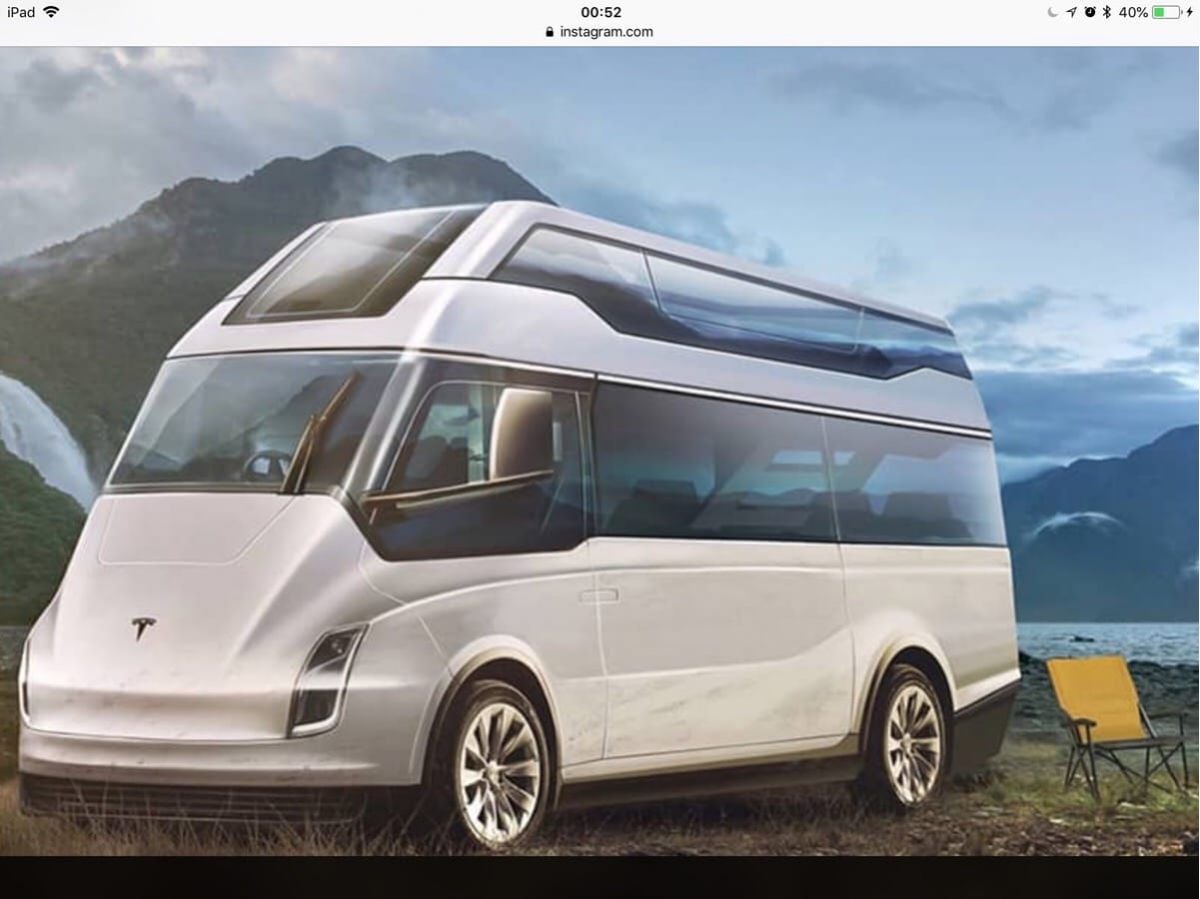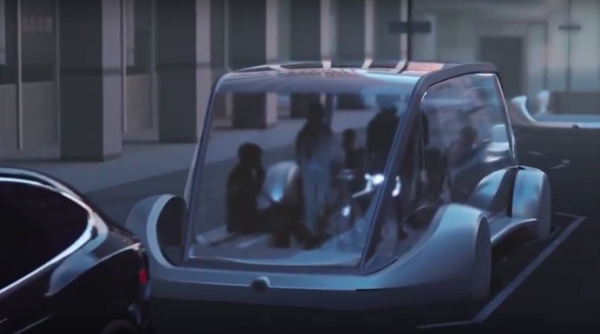I believe the angular style is the result of them wanting to use folded stainless steel exoskeleton, which according to
@Krugerrand requires almost no tooling, just a roll mill and laser cutters for the stainless steel panels. Very little welding is required, which all but eliminates three of the most capex intensive parts of a car manufacturing pipeline: the stamp lines, the body shop and the paint shop.
That is why the entry price of Cybertruck is so low,
despite 3mm stainless steel: the stainless steel is utilized in a very mass efficient manner: it's both external skin/panels (which all cars need) and the frame, in one.
I.e. the "stainless steel exoskeleton" has in fact a triple role:
- external aerodynamic surface (not as good as a Model S but certainly better than traditional pickup truck cabs)
- external load bearing exoskeleton, replaces the frame
- external skin, replaces car chassis panels
This triple role is what saves on mass and manufacturing costs - the downside is that the only realistic way to mass-manufacture such an exoskeleton is with angular shapes.
The fourth role: bullet protection and probably unprecedented side crash and high density object intrusion protection factor (trees, poles, engines of other cars, etc.), is mostly just a happy side effect: make it much thinner and the exoskeleton would buckle, vibrate (noisily) and dent easily.
With all that in mind I agree with
@ReflexFunds that they should take a good look at a stainless steel Semi Truck - especially as commercial fleet operators would pay a
handsome premium for stainless steel vehicles.
+50% premium for stainless steel "never needs a repaint, never corrodes" commercial vehicles would be easily justified - like it is for stainless steel professional kitchenware which costs more like a +200% or +300% premium.
The counter-argument would be that the steel frame of semi tractors is incredibly strongly constructed, to pull up to 40 tons of loads, which might not be easily replaced by an exoskeleton design. Also, the Semi is much more battery pack and powertrain cost dominated, the price of the cab is much smaller than for pickup trucks or regular cars.





